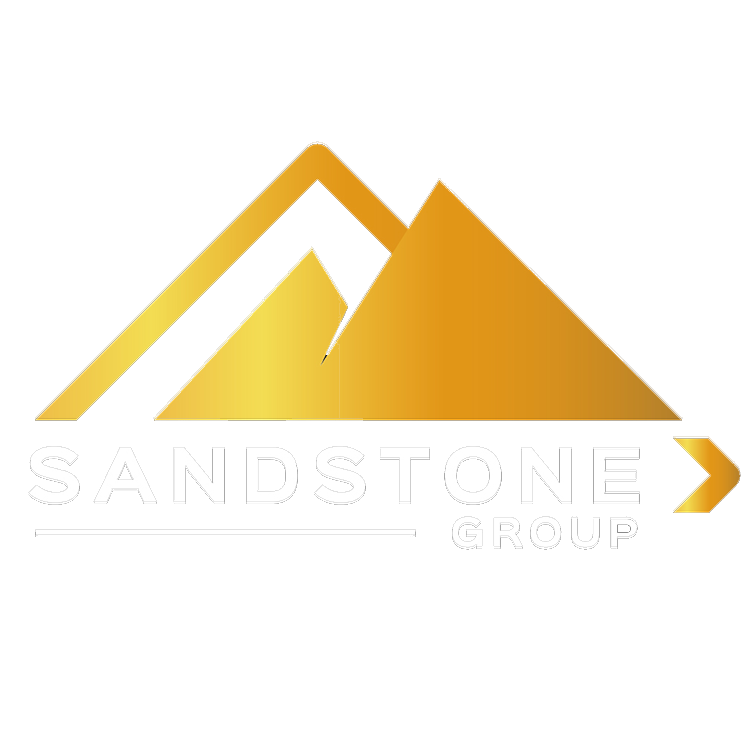 [[{“value”:”
[[{“value”:”
The stock market’s solar craziness gets cleaned out stock by stock, even as solar-power generation continues to soar.
By Wolf Richter for WOLF STREET.
Sunnova Energy International, which booked huge losses every single year selling residential solar energy equipment and services – $1.61 billion in total losses since 2017 – said on Sunday that it and its subsidiaries Sunnova Energy Corporation and Sunnova Intermediate Holdings, LLC, filed for Chapter 11 bankruptcy in Texas. Its subsidiary Sunnova TEP Developer had already filed for bankruptcy on June 1. In the filing, it said that it would continue operating as “debtor in possession” while trying to sell some of its assets under court supervision.
The marvel was of course its stock [NOVA] during the free-money pandemic. It went public in July 2019 at $12 a share and traded around $10 until the free money during the pandemic came along and caused the share price to spike five-fold to $55 by February 2021. That month, right at the peak, the Texas-based company acquired SunStreet from homebuilder Lennar, and Lennar washed its hands off it. Then the shares went to heck and were inducted into our pantheon of Imploded Stocks (minimum requirement: -70% from peak).
Shares last traded on Friday at 22 cents. The company said it expects to be delisted from the New York Stock Exchange and that holders of its shares “could experience a significant or complete loss on their investment, depending on the outcome of the Chapter 11 Cases” (data via YCharts).

During the years of losses, the company racked up $8.5 billion in debt, as per its last financial statement through December 31 – it failed to file its Q1 financials – amounting to over 10 times its 2024 revenues of $840 million.
In addition, the company had $2.1 billion in other liabilities, for total liabilities of $10.7 billion, as of its year-end financial statements.
Other solar stocks have collapsed as well. But solar power, in terms of electricity generation, keeps rocking higher.
Solar power generation surged 26.9% in 2024 to 303,167 GWh, utility scale and rooftop solar combined. This is not “capacity” but electricity generated and used. Solar’s share ballooned to nearly 7% of the total electricity generated in 2024, surpassing hydropower [my report with charts: US Power Generation by Source in 2024].

In addition, utility-scale batteries have become a profitable way of arbitraging the highly volatile electricity spot prices that can spike during high-demand hours and plunge during low-demand hours, often on the same day. In this arbitrage, batteries work well with big solar installations, buying electricity when the price is low, and selling it often just hours later when the price is high. And batteries work well with small-scale solar too. Some of the solar companies here are involved with both solar power and energy storage.
There are up-front costs with solar power, as there are with every power plant. When it comes to energy, there are no free lunches. But with solar, the “fuel” is free for the life of the installation, and the math has been getting better as the price of photovoltaic panels has come down over the decades.
Big utilities are all over solar power, as are big equipment providers, such as Tesla. But these eight Imploded Stocks here are specialized players, many of them with over 1,000 employees at the peak, and with hundreds of millions to several billion in annual revenues.
Stock market solar craziness.
SunPower is already a goner. It filed for bankruptcy in August 2024. Most of its assets were acquired by solar SPAC Complete Solaria for $45 million (more in a moment), and SunPower’s shares got wiped out.
One of the early solar big boys, it went public in 2005 as a spin-off from Cypress Semiconductor. Its stock experienced two bubbles: #1 in 2006-2007 when it went from $20 a share to $100; and #2 during the free-money pandemic when the stock multiplied by 12, from $4 a share to $54. In the end, it was felled by a toxic mix of operational issues, years of losses, accounting issues, missed filing deadlines, defaults, etc. (data via YCharts).

Complete Solaria [SPWR], which acquired SunPower’s assets, had gone public via merger with a SPAC in July 2023, as a residential solar systems provider. After the acquisition, it started doing business as SunPower and changed its ticker to SunPower’s former ticker SPWR.
Since the SPAC-merger, the stock has plunged by 82% to $1.93 today.

SolarEdge Technologies [SEDG], which makes inverters, batteries, power optimizers, and other equipment for solar systems, went public in 2015 via IPO amid a deal with Tesla Energy to provide inverters for Tesla’s Powerwall. But eventually, Tesla produced its own inverter. And that was that.
The company, headquartered in Israel and largely active in Europe, became sort of a rollup acquiring companies in Korea (Kokam), Italy (SMRE), and the UK (Hark Systems).
In 2024, it lost $1.8 billion, dwarfing the little bitty income it had booked in prior years. And sales collapsed by 70% in 2024.
What’s notable is the stock price, which had multiplied by 10 between early 2019 ($36 a share) and January 2021 ($360 a share), before collapsing by 95% to $18.72 today:

Sunrun [RUN], a residential solar systems installer based in San Francisco, went public via IPO in 2015, and over the past five years, lost $4.5 billion, including $2.85 billion in 2024.
The stock had multiplied by 11 between April 2020 ($8.36) and January 2021 ($96.50), but then collapsed and today closed at $8.27. Maybe investors should have taken the ticker literally?

Enphase Energy [ENPH], which makes equipment for residential and business solar and storage systems, and also EV chargers, went public via IPO in 2012. But then in 2019, stock took off and eventually, fueled by the free-money pandemic, multiplied by 48, to $336 in December 2022. Today, it closed at $43.26, down by 86% from that high.
The company has been profitable, but revenues collapsed by 42% in 2024, to $1.33 billion.

Shoals Technologies [SHLS], maker of equipment for solar systems, including utility-scale systems, went public via IPO in January 2021 at $25 a share, spiked to $40.17 within a few weeks, and then tanked, and closed at $5.10 today, down by 87%.
The company had been mildly profitable in recent years, but annual revenues plunged 18% in 2024 to $399 million.

Array Technologies [ARRY], maker of ground-mounting systems for solar installations, went public via IPO in October 2020, at $22 a share and quickly rose $51.01 in January 2021, before it kathoomphed.
The IPO during the free-money pandemic raised over $1 billion amid huge demand for the shares. It was also when PE firm Oaktree Capital, which had backed Array, began dumping its shares at peak prices.
Annual revenues have plunged by 44% over the past two years, to $915 million in 2024, and it lost $240 million last year. The stock has now plunged by 85% from the January 2021 high, to $7.49.

Enjoy reading WOLF STREET and want to support it? You can donate. I appreciate it immensely. Click on the mug to find out how:
![]()
The post Collapse of the Once High-Flying Solar Stocks: Another Bankruptcy among our 8 Imploded Solar Stocks appeared first on Energy News Beat.
“}]]

